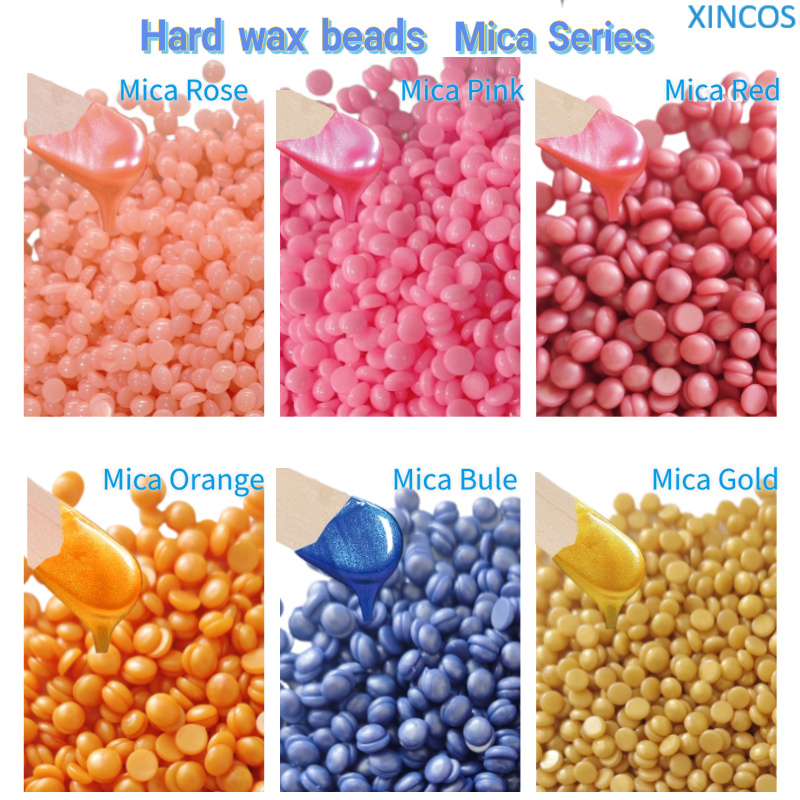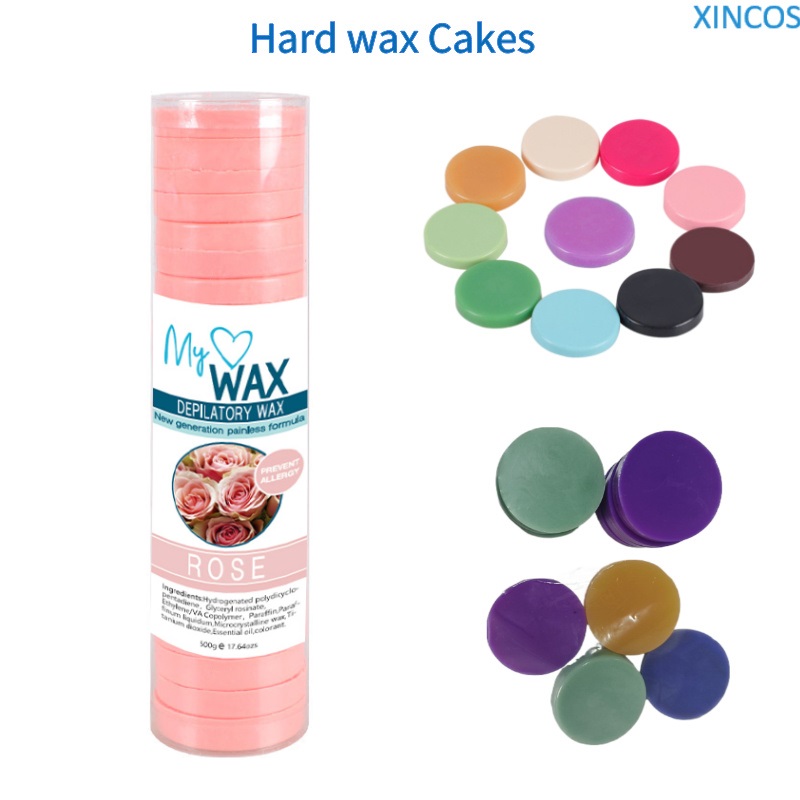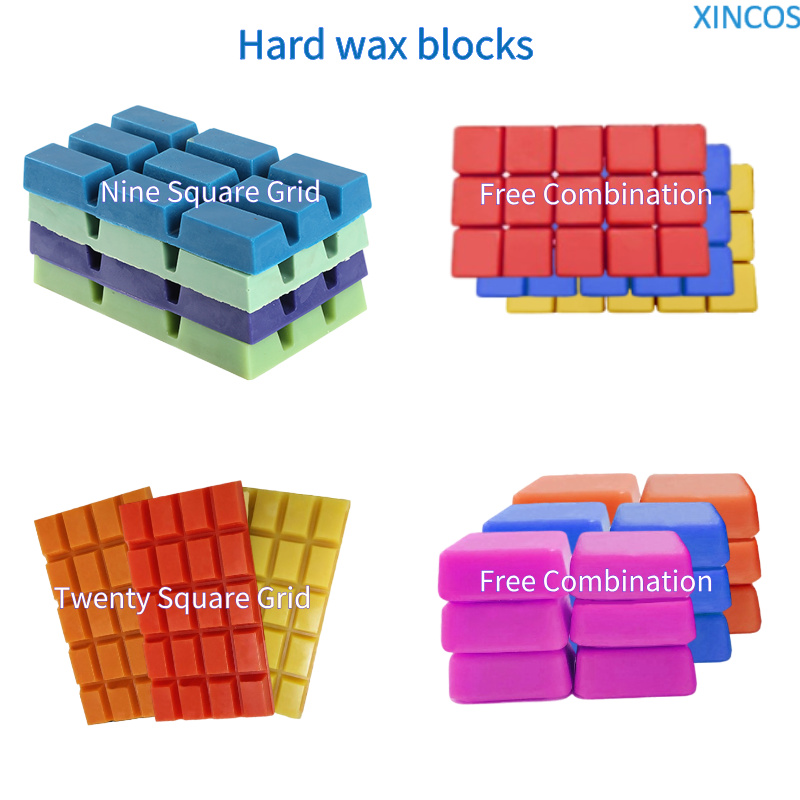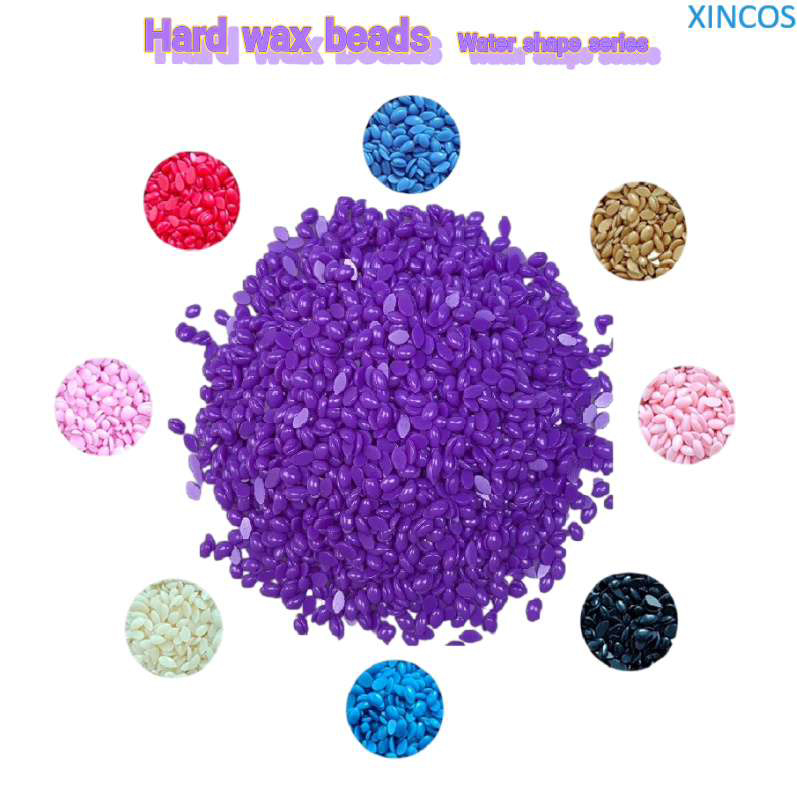CPRS: The Passport for Cosmetics Entering the EU
Before entering the EU market, cosmetics must obtain a Cosmetic Product Safety Report (CPSR).
Since the full implementation of the EU Cosmetics Regulation (EC) No 1223/2009 (hereinafter referred to as the “Cosmetics Regulation”) in 2013, all cosmetic products must undergo a safety assessment and submit a CPSR prior to entering the EU market.
What is CPSR?
CPSR stands for Cosmetic Product Safety Report. Any cosmetic product sold in the EU must comply with the requirements of the Cosmetics Regulation, one of which is the submission of a CPSR.
A CPSR is an independent cosmetic safety assessment. Before entering the EU market, cosmetics must be evaluated to ensure they are safe under normal and reasonably foreseeable conditions of use and comply with the Cosmetics Regulation. A complete CPSR is divided into two main parts:
Part 1: Cosmetic Product Safety Information
Provides the data required for the safety assessment, comprising the following 10 sections:
1. Quantitative and qualitative composition of the cosmetic product
2. Physical/chemical properties and stability
3. Microbiological quality
4. Information on impurities, traces, and packaging materials
5. Normal and reasonably foreseeable use
6. Exposure to the cosmetic product
7. Exposure to substances
8. Toxicological profile of substances
9. Undesirable effects and serious undesirable effect
10. Information on the cosmetic product
Part 2: Cosmetic Product Safety Assessment
The safety assessor’s opinion on the product’s safety, comprising the following 4 sections:
1. Assessment conclusion
2. Labeling warnings and instructions for use
3. Reasoning
4. Assessor’s qualifications and approval
Required Materials for CPSR
Due to stringent data requirements and complex testing items, the following accurate and complete materials must be submitted to compile a CPSR:
lApplication form containing product name and description (e.g., physical state, color, intended use)
lIngredient list, including CAS numbers, percentages, and the intended function of each ingredient
lSafety Data Sheets (SDS) for all ingredient
lCertificates of Analysis (CoA) or specification sheet
l26-allergen fragrance test reports and IFRA (International Fragrance Association) certificates
lMicrobiological quality test report for the finished product
lPreservative efficacy (challenge) test report
lStability test report for the finished product
lPackaging compatibility test report, inner packaging material details, and heavy metals testing report for packaging
lHeavy metals testing report for the finished product (formulation), including lead, arsenic, mercury, antimony, cadmium, and nickel
lRisk substance testing for the finished product (formulation)
lProduct photos and final label artwork
lGood Manufacturing Practice (GMP) certificate or audit report
lDeclaration of absence of nanomaterials (if applicable)
If all of the above materials are available with valid data, they can be submitted to an authoritative auditing company (such as SGS or Intertek) to conduct the cosmetic safety assessment and issue the final CPSR. If relevant data is unavailable or incomplete, necessary testing must be conducted to provide supporting data.
Mandatory Tests Required to Complete CPSR
Two key tests must be completed:
1、Stability or Accelerated Aging Test
Demonstrates that the product and its packaging maintain quality beyond the stated shelf life. This test simulates various storage conditions, transport scenarios, and usage. Under the EU Cosmetics Regulation, this typically requires three months to complete.
2、Preservative Challenge Test
Preservatives are used to inhibit microbial growth in cosmetics. The challenge test verifies the preservative’s ability to maintain product efficacy and stability. It is a mandatory requirement under the EU Cosmetics Regulation and generally takes one month to complete.






